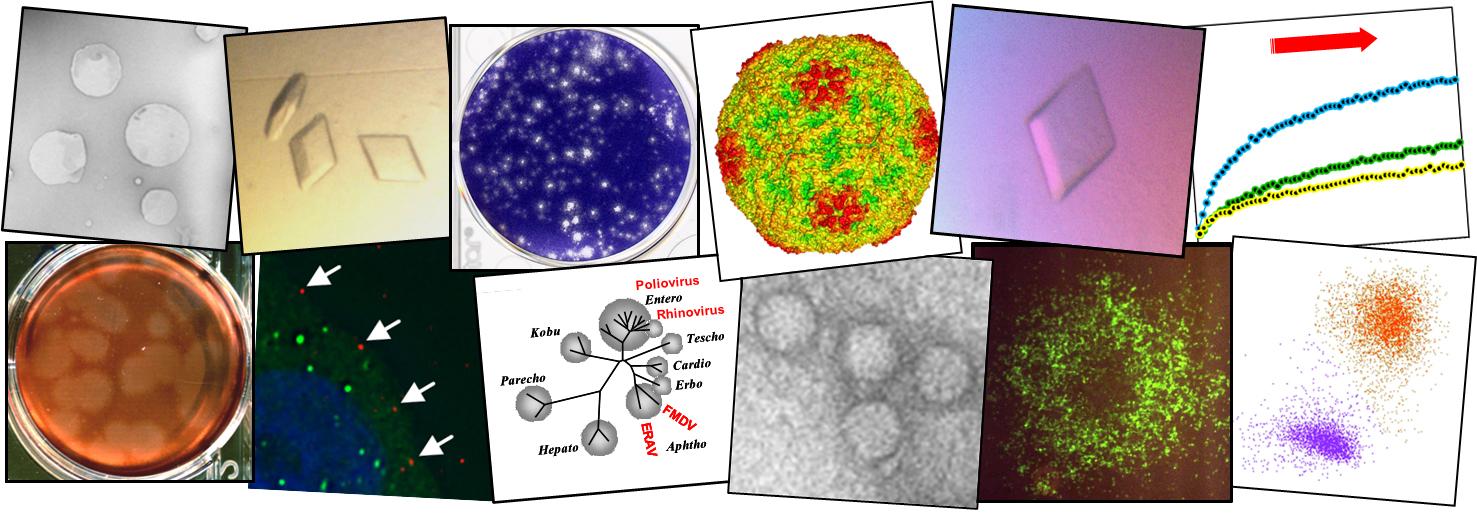An engineered maturation cleavage provides a recombinant mimic of foot-and-mouth disease virus capsid assembly-disassembly
Picornavirus capsids are assembled from 60 copies of a capsid precursor via a pentameric assembly intermediate or ‘pentamer’. Upon completion of virion assembly, a maturation event induces a final cleavage of the capsid precursor to create the capsid protein VP4, which is essential for capsid stability and entry into new cells. For the picornavirus foot-and-mouth disease virus (FMDV), intact capsids are temperature and acid-labile and can disassemble into pentamers. During disassembly, capsid protein VP4 is lost, presumably altering the structure and properties of the resulting pentamers. The purpose of this study was to compare the characteristics of recombinant “assembly” and “disassembly” pentamers. We generated recombinant versions of these different pentamers containing an engineered cleavage site to mimic the maturation cleavage. We compared the sedimentation and antigenic characteristics of these pentamers using sucrose density gradients and reactivity with an antibody panel. Pentamers mimicking the assembly pathway sedimented faster than those on the disassembly pathway suggesting that for FMDV, in common with other picornaviruses, assembly pentamers sediment at 14S whereas only pentamers on the disassembly pathway sediment at 12S. The reactivity with anti-VP4 antibodies was reduced for the 12S pentamers, consistent with the predicted loss of VP4. Reactivity with other antibodies was similar for both pentamers suggesting that major antigenic features may be preserved between the VP4 containing assembly pentamers and the disassembly pentamers lacking VP4.

